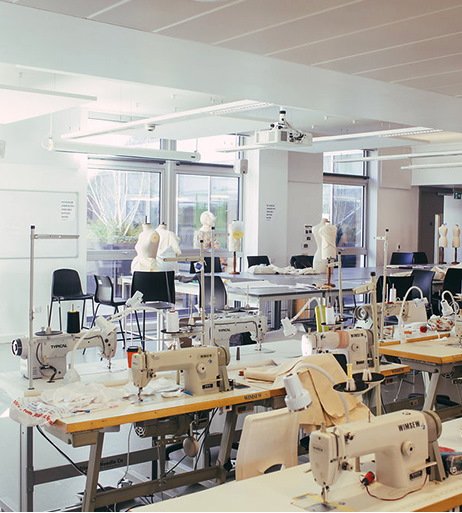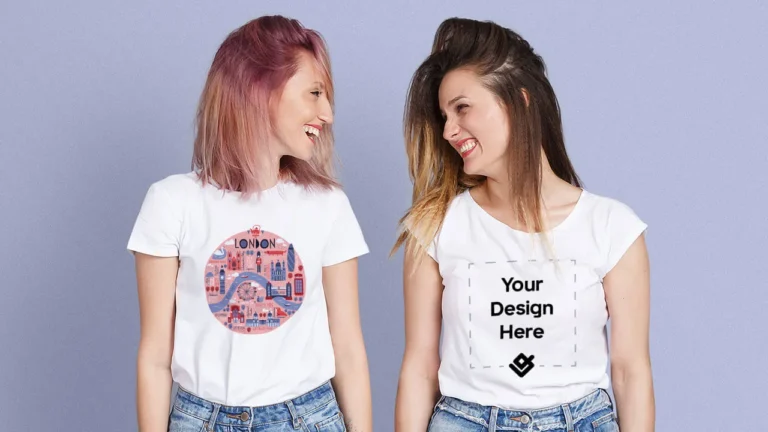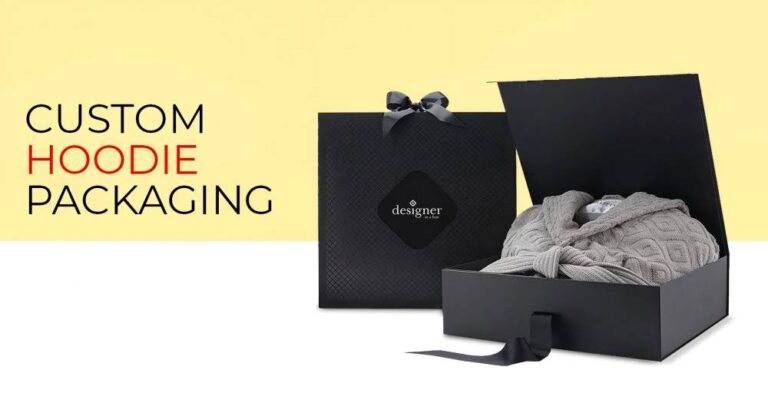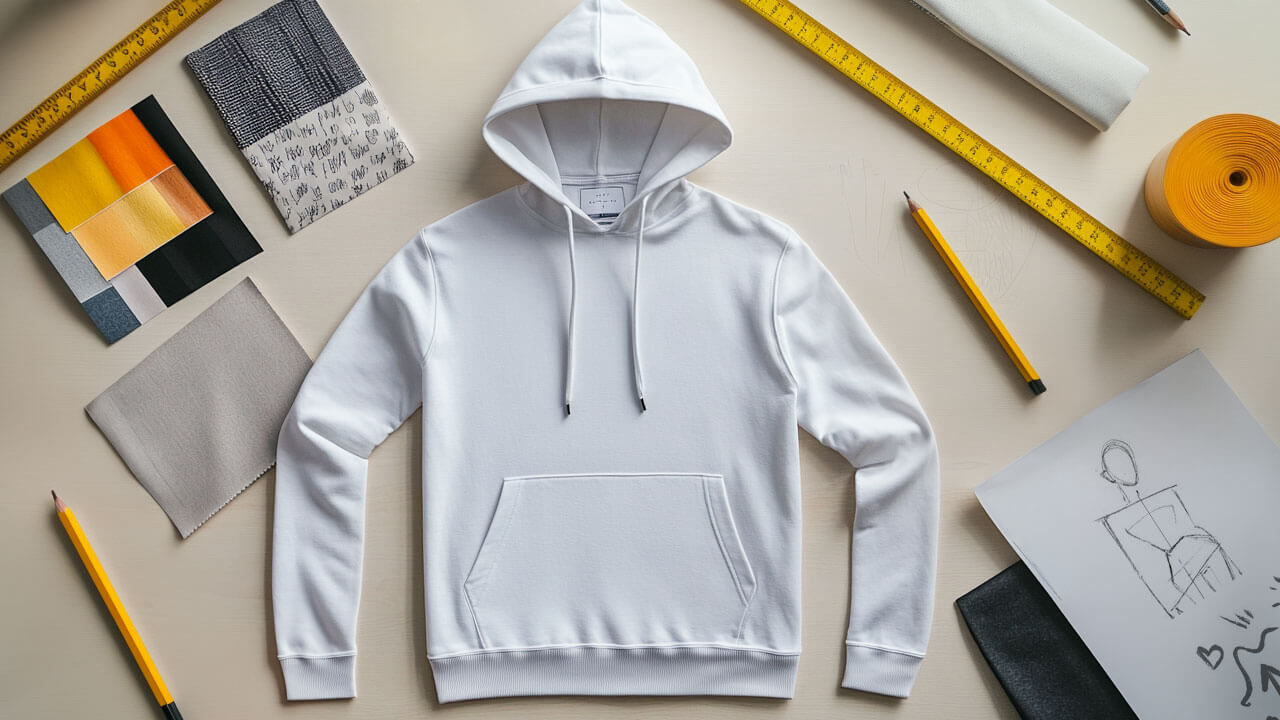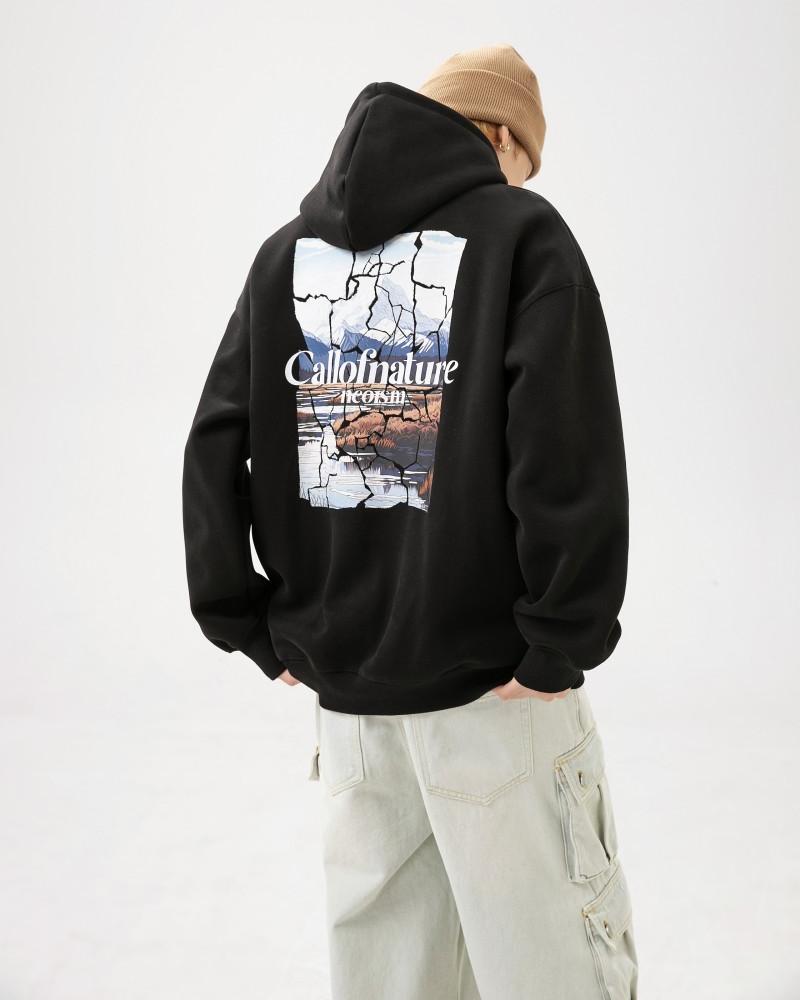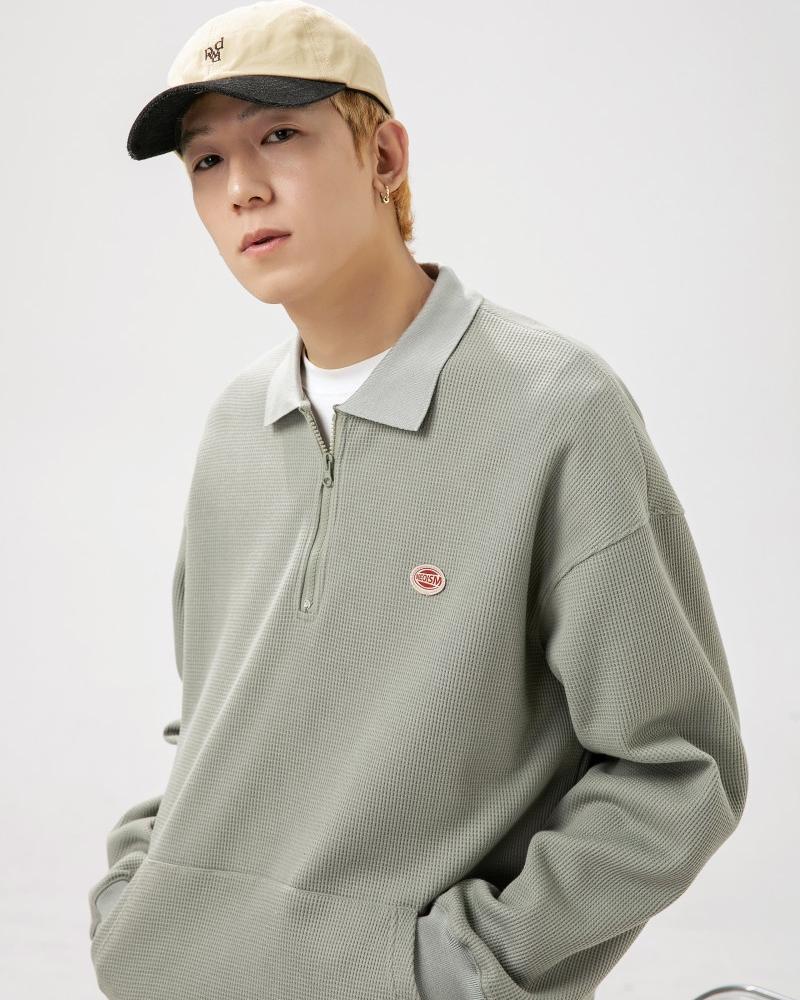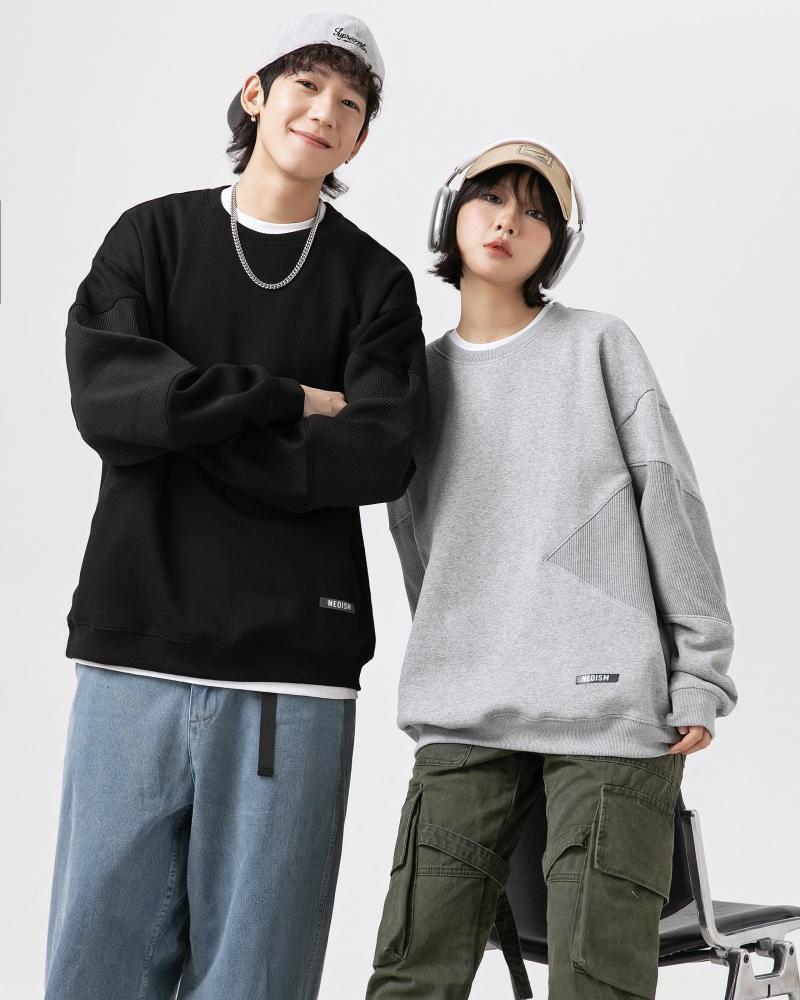-
No. 28, Zhanqian 1st Street, Liuhua Subdistrict, Yuexiu District, Guangzhou City
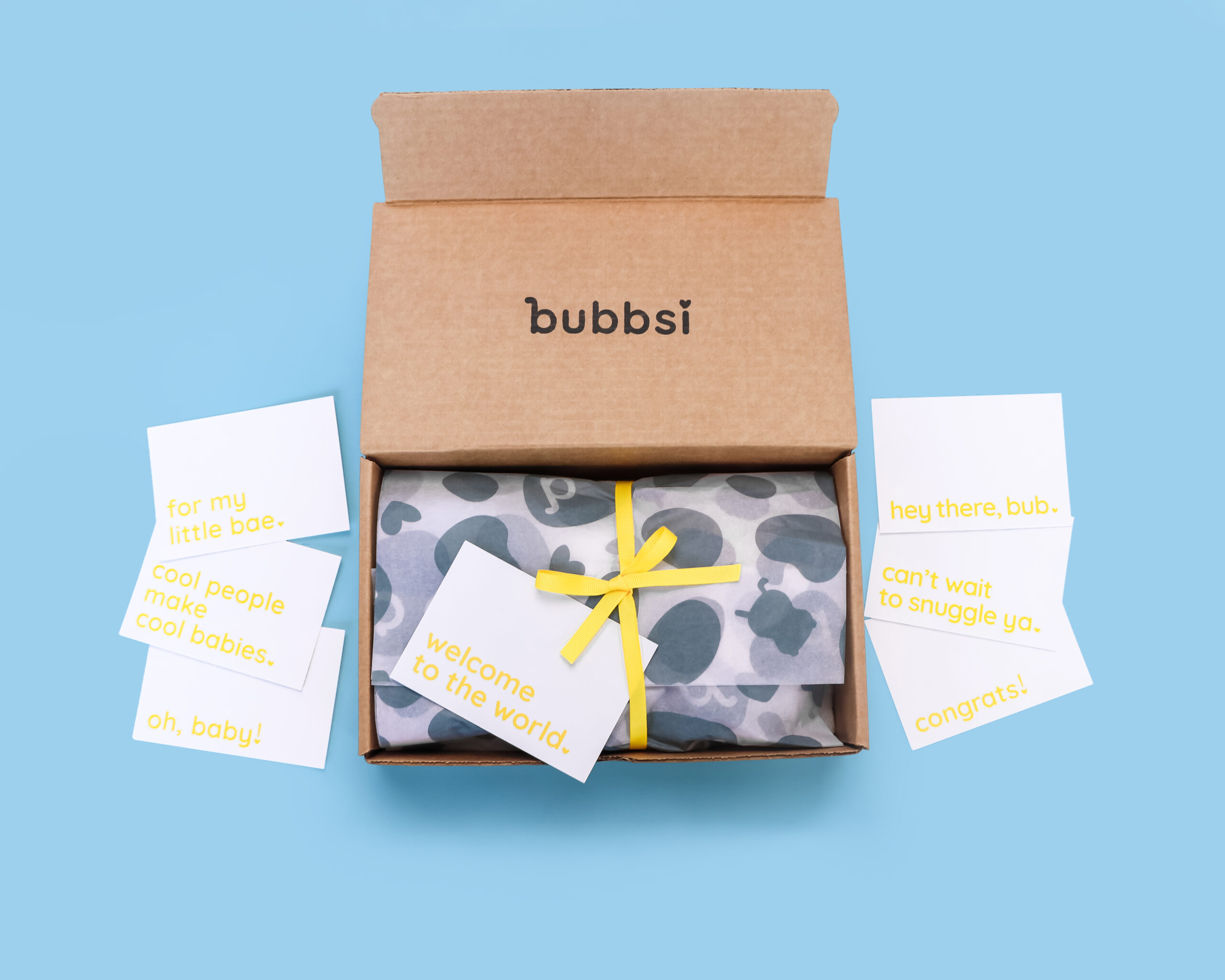
Clothing Brand Packaging Revolution: 10 Strategies to Create Unforgettable Unboxing Experience
Table of Contents
Abstract
In the fiercely competitive clothing industry, packaging has been upgraded from a simple product protection tool to a core carrier of brand marketing. Excellent packaging can not only ensure the safe delivery of goods, but also enhance brand image, enhance customer loyalty, and even promote social media communication. This article explores in depth how clothing brands can stand out through customized packaging strategies from 10 dimensions such as brand recognition, customer experience, and sustainability, and combines industry cases to provide brands with feasible optimization solutions.
1. Packaging is the first business card of the brand
Argument: Packaging is the first medium for consumers to contact the brand and directly affects brand awareness. Argument:
- Research shows that 72% of consumers will judge the brand value based on the packaging design (Source: Packaging Digest).
- Uniqlo uses minimalist packaging design to strengthen its brand positioning of “simple and high quality”.
- Customized elements (such as brand color, LOGO) can increase brand recognition by more than 30%.
2. Unboxing experience determines repurchase rate
Argument: The ritual unboxing experience can stimulate customers’ desire to share and increase repurchase rate. Argument:
- Amazon’s “Smile Box” design increases customer satisfaction by 15%.
- Brands that add thank-you cards or small gifts (such as stickers) increase customer retention by 22% (Source: Dotcom Distribution).
- Luxury brands such as GUCCI strengthen the sense of high-end through details such as ribbons and customized tissue paper.
3. Sustainable packaging becomes the industry standard
Argument: Environmentally friendly packaging can not only attract consumers, but also reduce long-term costs. Argument:
- 67% of consumers prefer brands with sustainable packaging (Source: Nielsen).
- Everlane uses recycled plastic bottles to make packaging bags, reducing carbon footprint by 40%.
- Degradable mailing bags cost 12% less than traditional plastics and comply with EU environmental regulations.
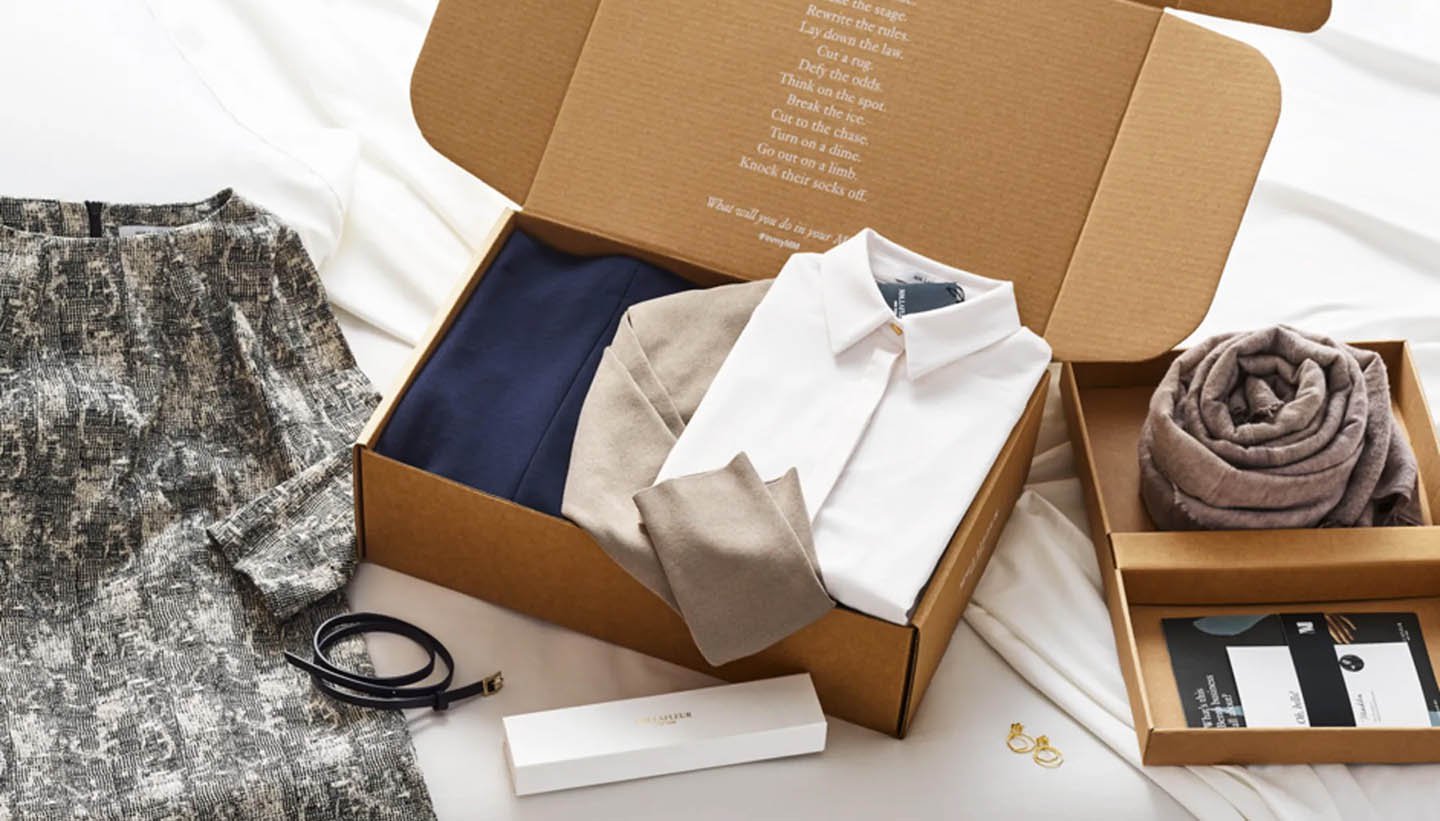
4. Packaging directly affects transportation safety
Argument: Reasonable packaging design can reduce logistics losses and reduce return rates. Argument:
- Shockproof bubble bags reduce the damage rate of clothing during transportation by 50%.
- ZARA uses reinforced paper boxes, and the return rate is 18% lower than that of ordinary packaging.
- Waterproof coating technology can prevent the problem of packages getting wet during rainy season.
5. Customized packaging improves premium ability
Argument: High-end packaging allows consumers to accept higher pricing. Argument:
- Apple’s packaging design increases its product premium ability by 20%.
- Research shows that consumers are willing to pay 10%-15% more for exquisite packaging (source: Forbes).
- The light luxury brand Reformation uses kraft paper boxes + plant ink printing to create an environmentally friendly and high-end image.
6. Packaging is an invisible promoter of social media
Argument: Visually impactful packaging can inspire users to spread it spontaneously. Argument:
- The number of views of the “unboxing video” related tags on Douyin exceeded 5 billion times.
- Glossier’s pink foam packaging bag is called “the magic tool for Internet celebrities to take photos” by users.
- Limited edition holiday packaging (such as Christmas elements) can increase social media interactions by 35%.
7. Smart packaging helps brand digitalization
Argument: QR code and NFC technology make packaging a traffic entrance. Argument:
- Nike added QR codes to shoe boxes, and scanning the code jumps to the membership page, increasing conversion rate by 25%.
- RFID tags can achieve supply chain transparency and enhance consumer trust.
- Data shows that the smart packaging market will reach US$39.7 billion in 2025 (source: Statista).
8. Packaging size optimization reduces logistics costs
Argument: Scientifically designed packaging specifications can significantly save shipping costs. Argument:
- Amazon optimizes box size through AI algorithms, saving US$1 billion in shipping costs annually.
- Clothing brand ASOS uses “envelope packaging” to reduce the cost of single-piece transportation by 30%.
- Modular packaging (such as adjustable lining) adapts to the needs of multiple categories.
9. Packaging culture adapts to the global market
Argument: Localized packaging design can improve regional market acceptance. Argument:
- The Japanese market prefers simple design, while Europe and the United States tend to bright colors.
- Taboo materials such as pigskin glue should be avoided in the Middle East.
- China’s Spring Festival limited packaging can increase holiday sales by 40%.
10. Packaging innovation shapes industry benchmarks
Argument: Breakthrough packaging design can lead industry trends. Argument:
- Patagonia uses mycelium to make degradable packaging and won the 2024 Environmental Innovation Award.
- 3D printing technology realizes small-batch customized packaging, shortening the cycle by 70%.
- Self-heating packaging (special for winter jackets) enhances user experience differentiation.
FAQS
1. Why is packaging important for clothing brands?
Packaging is the first physical touchpoint with customers—it protects products, enhances brand perception, and can boost social media engagement.
2. How does packaging improve customer experience?
Thoughtful unboxing elements (e.g., thank-you notes, branded tissue) create excitement, increasing repeat purchases by up to 22%.
3. What are the benefits of sustainable packaging?
Eco-friendly materials (like recycled plastics) reduce costs by 12%, appeal to 67% of consumers, and align with global regulations.
4. How can packaging reduce shipping damage?
Reinforced boxes, waterproof coatings, and shockproof bubble mailers cut damage rates by 50% and lower returns.
Summary
Clothing brand packaging has evolved from a “protective layer” to a “core of brand strategy”. Through 10 major strategies – from visual design, unboxing experience to smart technology – brands can improve their competitiveness in all aspects. Future trends show that environmentally friendly materials, interactive technology, and data-based packaging will become a watershed in the industry. It is recommended that brands take immediate action:
- Diagnose existing packaging shortcomings (such as cost/experience/environmental protection);
- Prioritize investment in high ROI links (such as social media-friendly design);
- Establish packaging life cycle management and regularly iterate innovation.
Added value: Scan the QR code below to get the “Clothing Packaging Design Cost Calculator” and TOP50 brand case collection for free.

